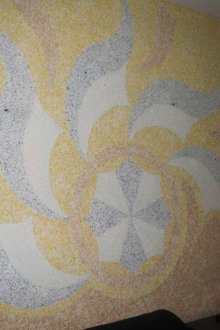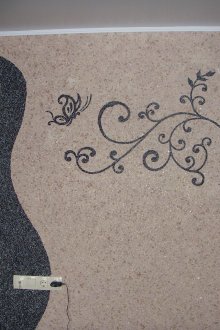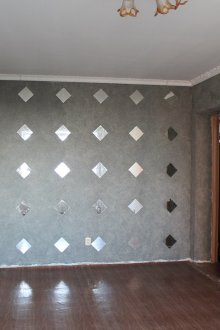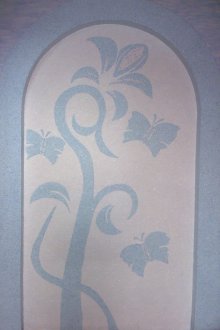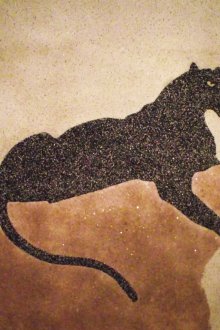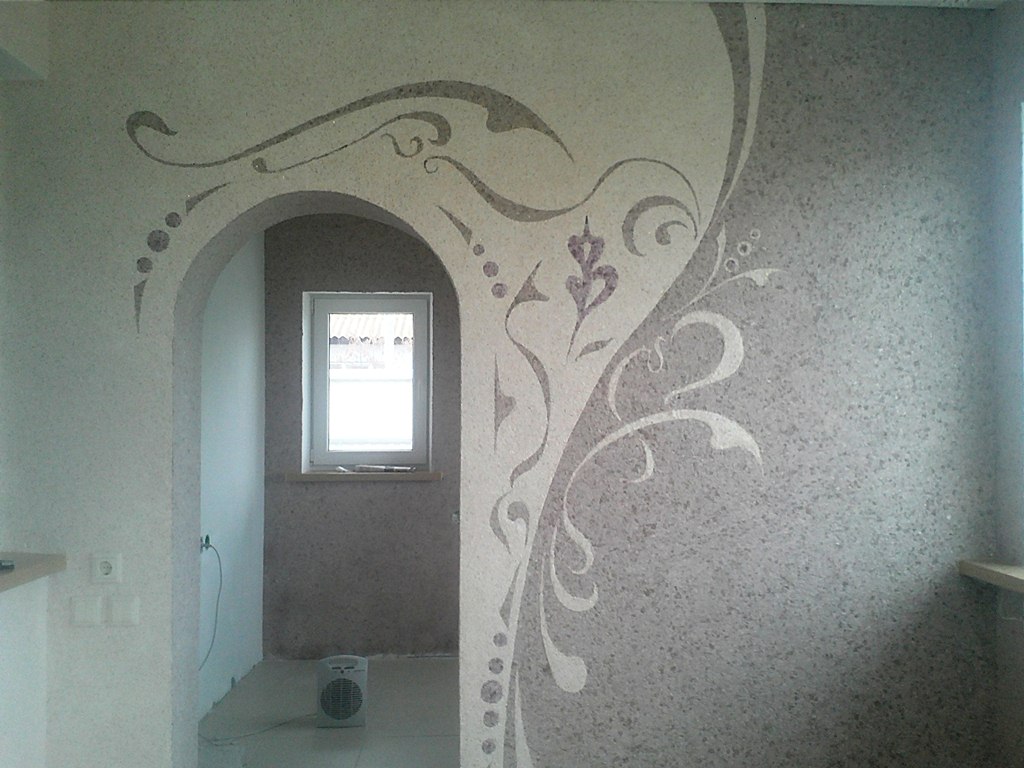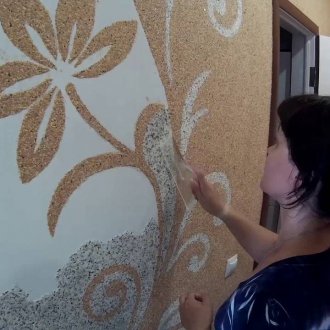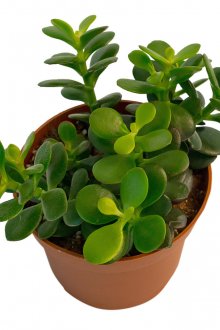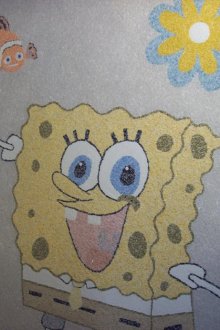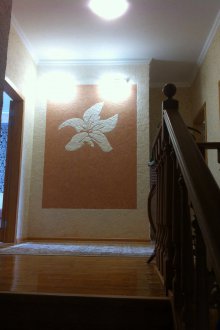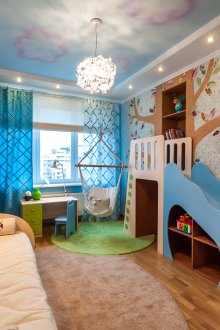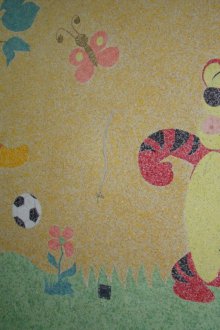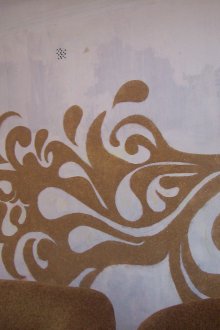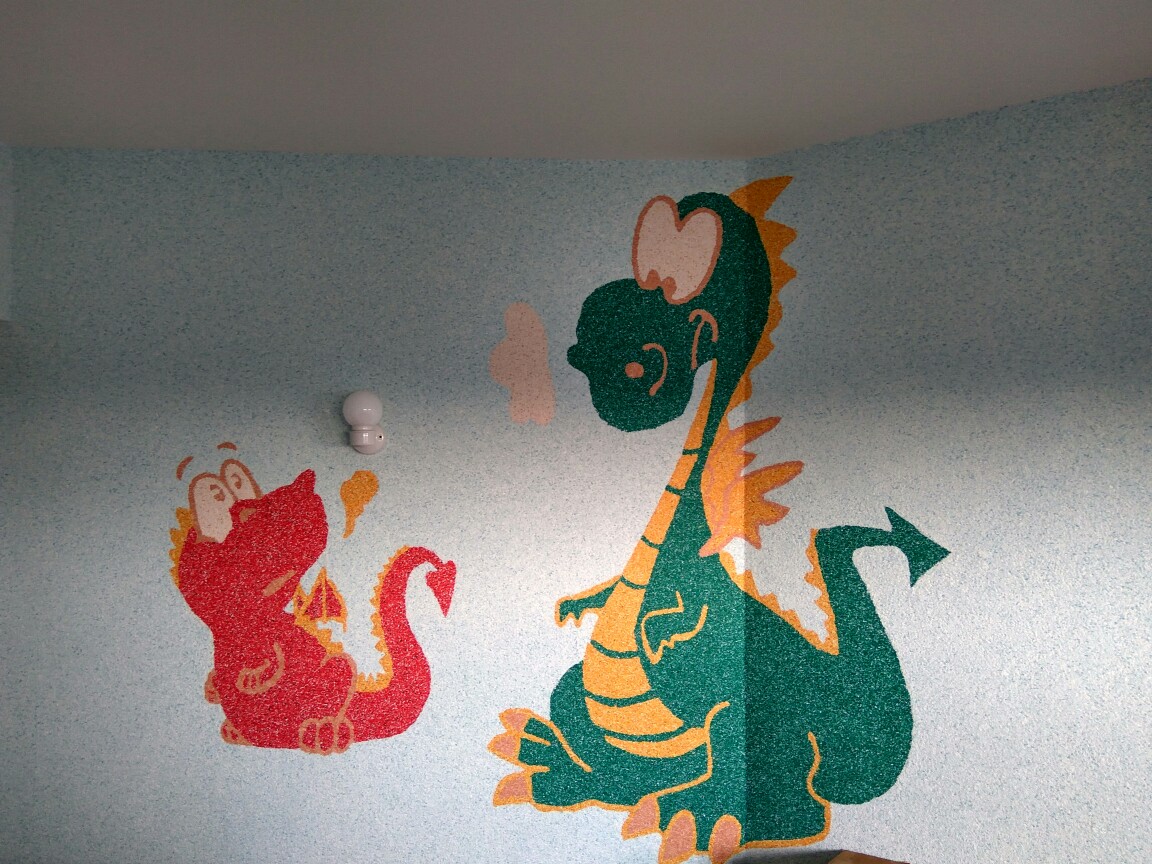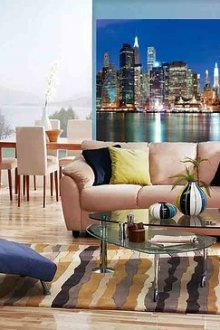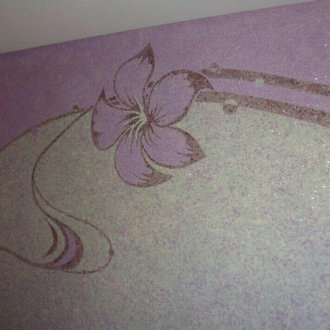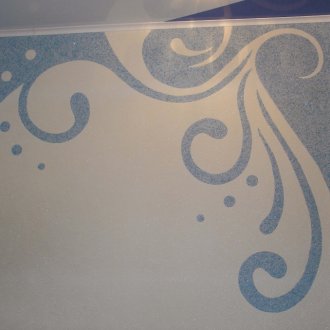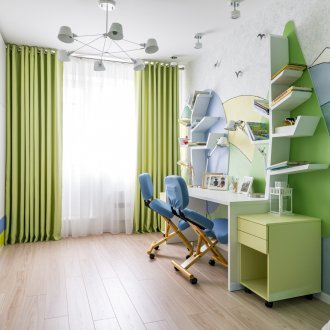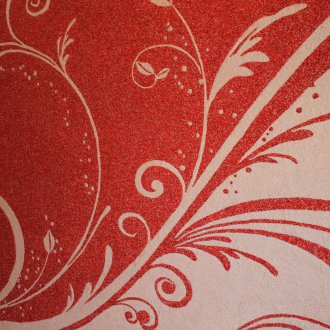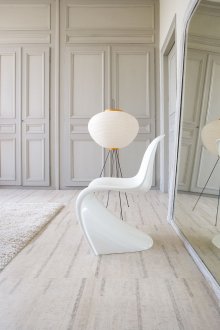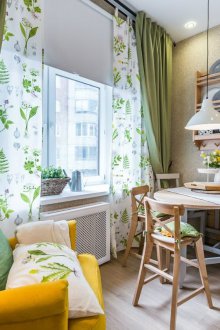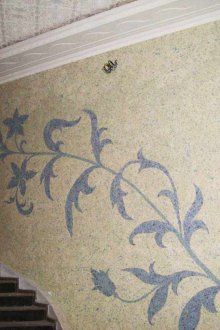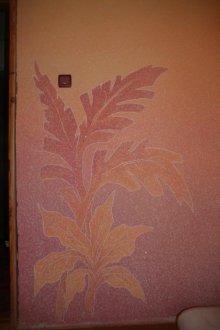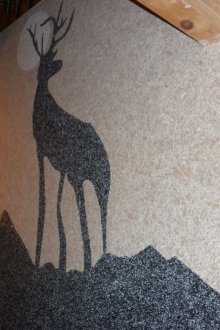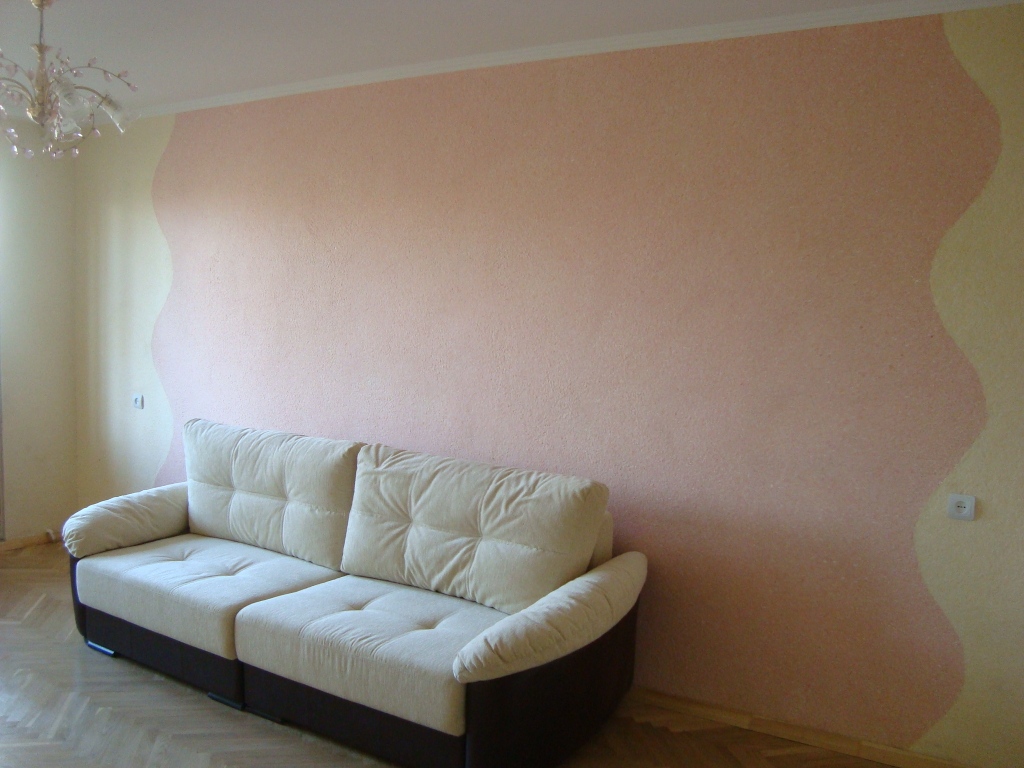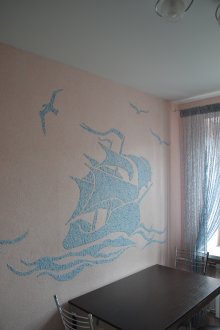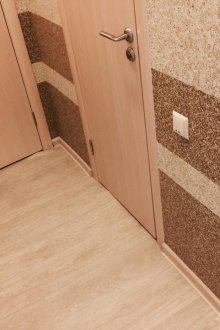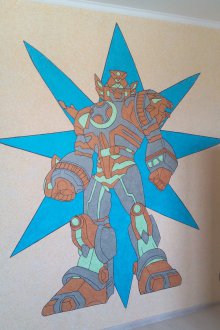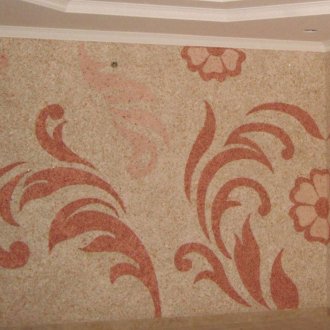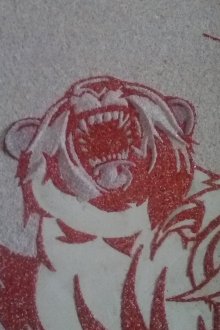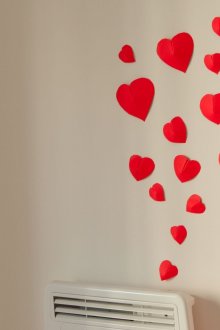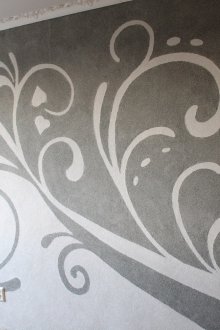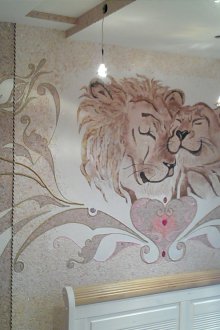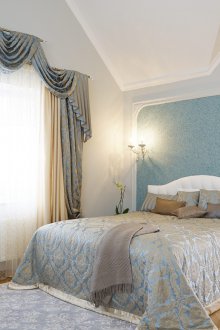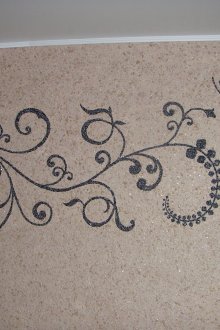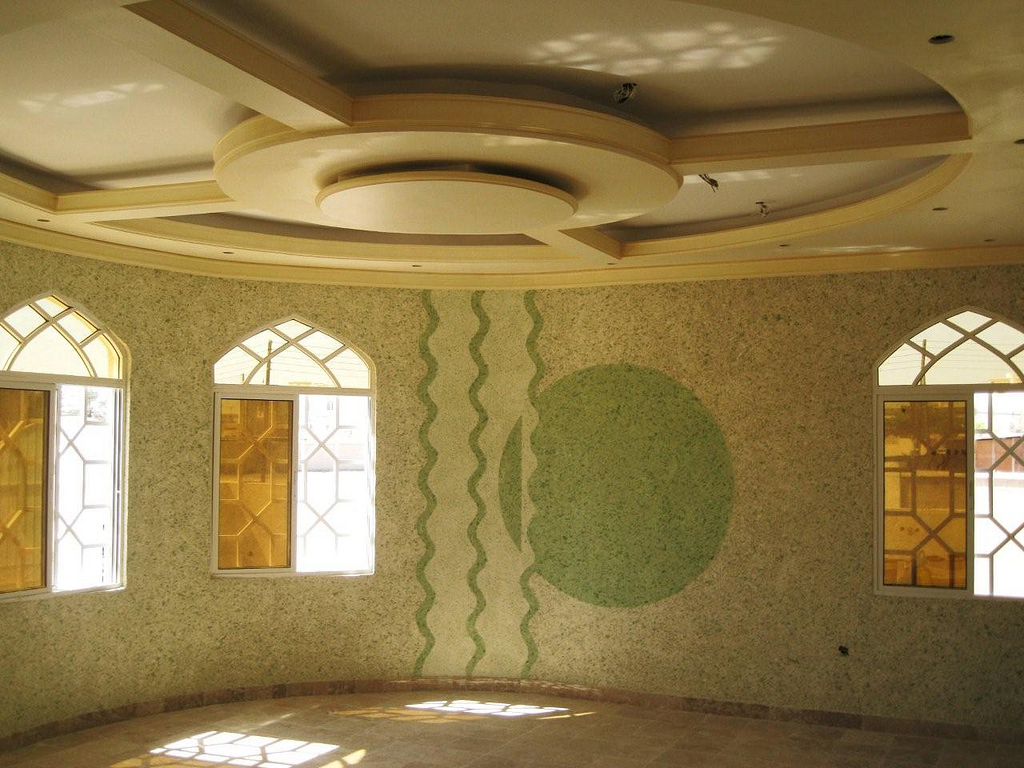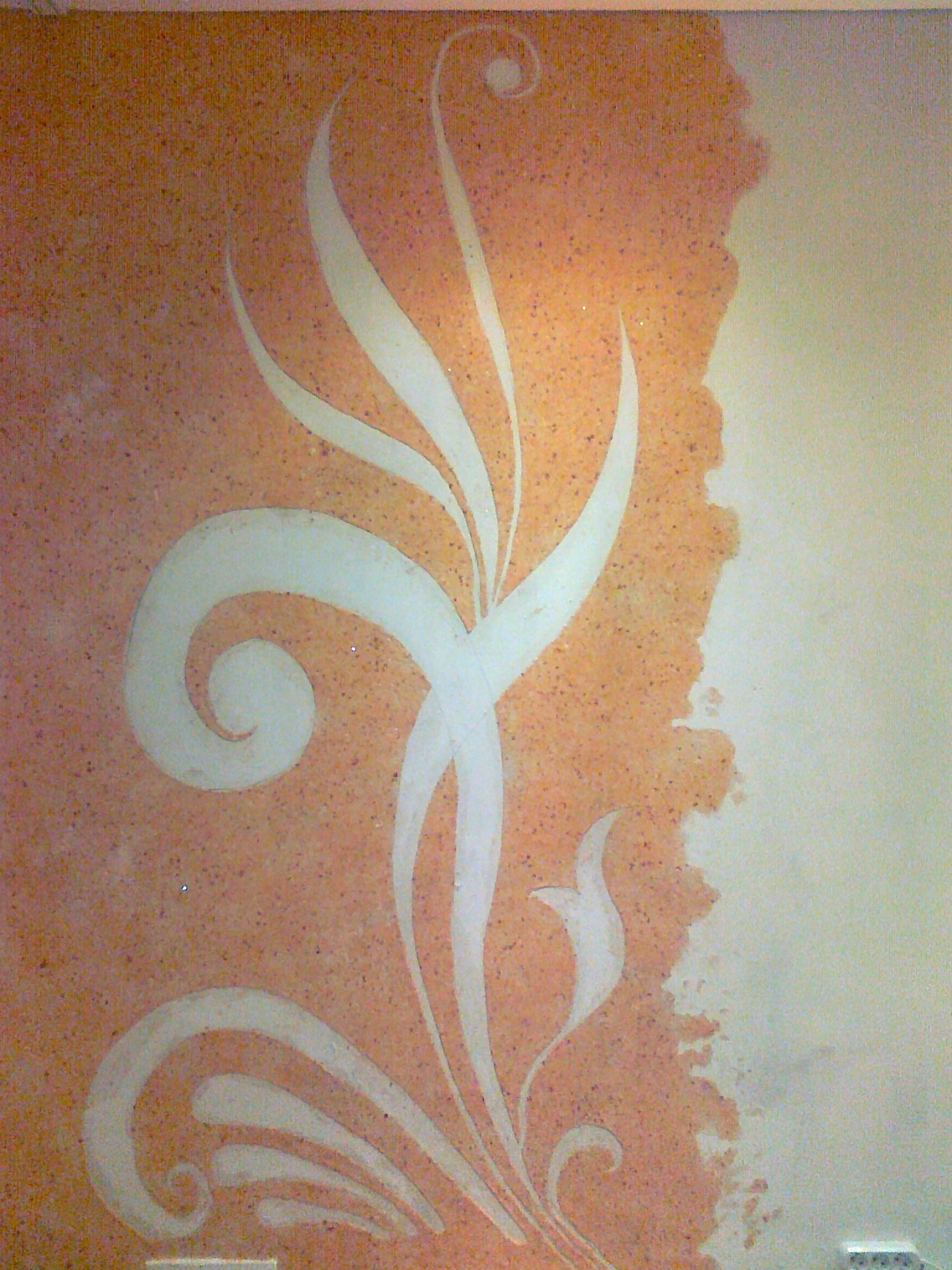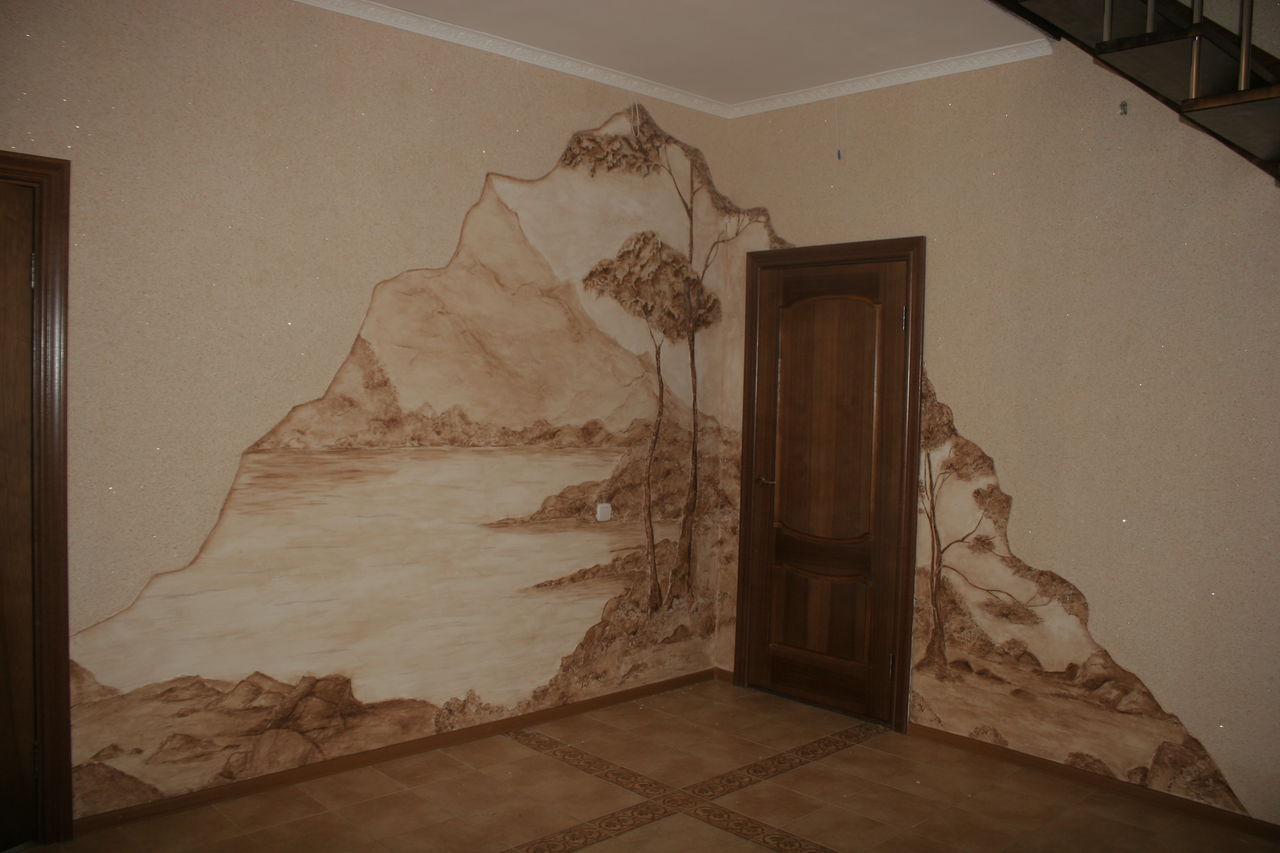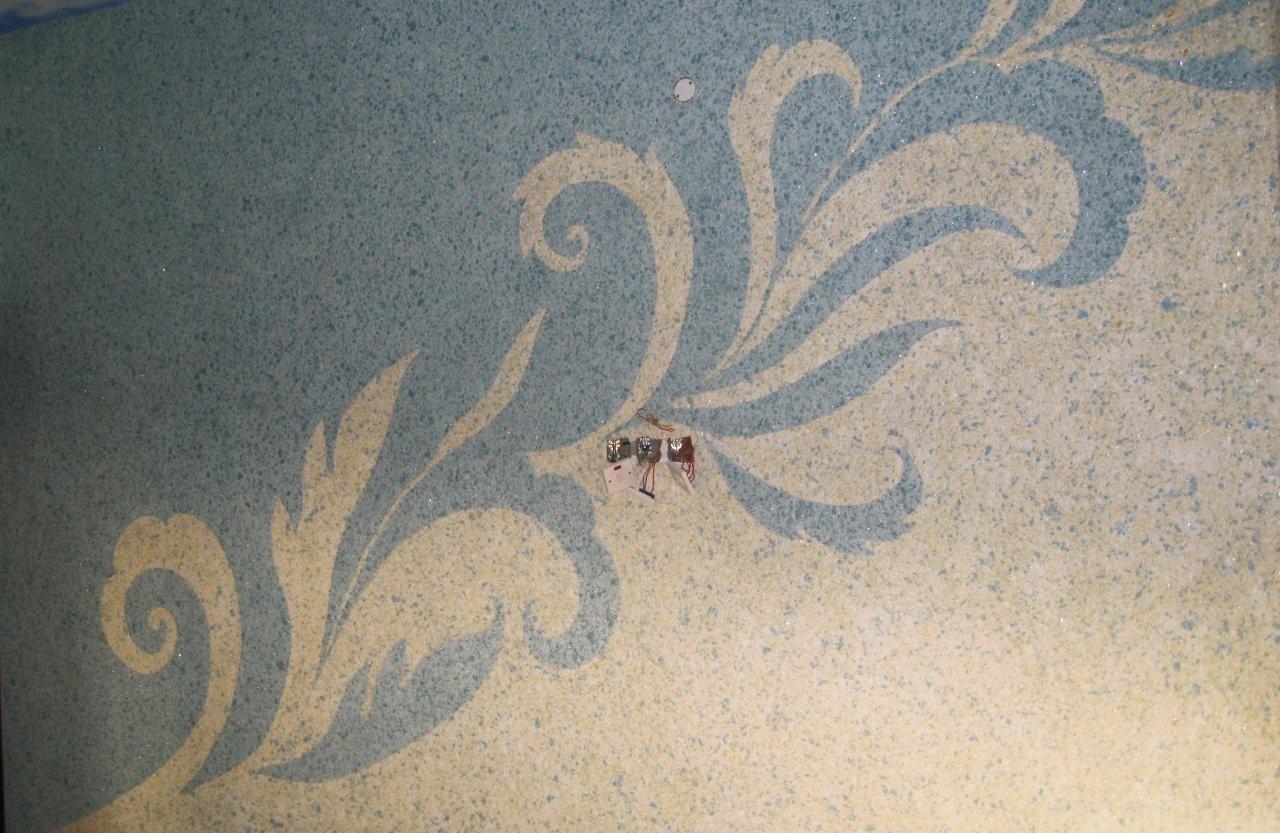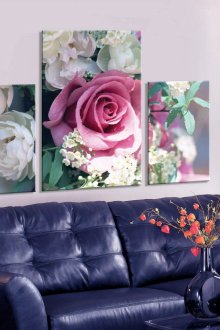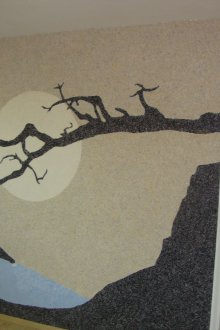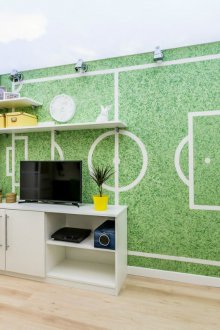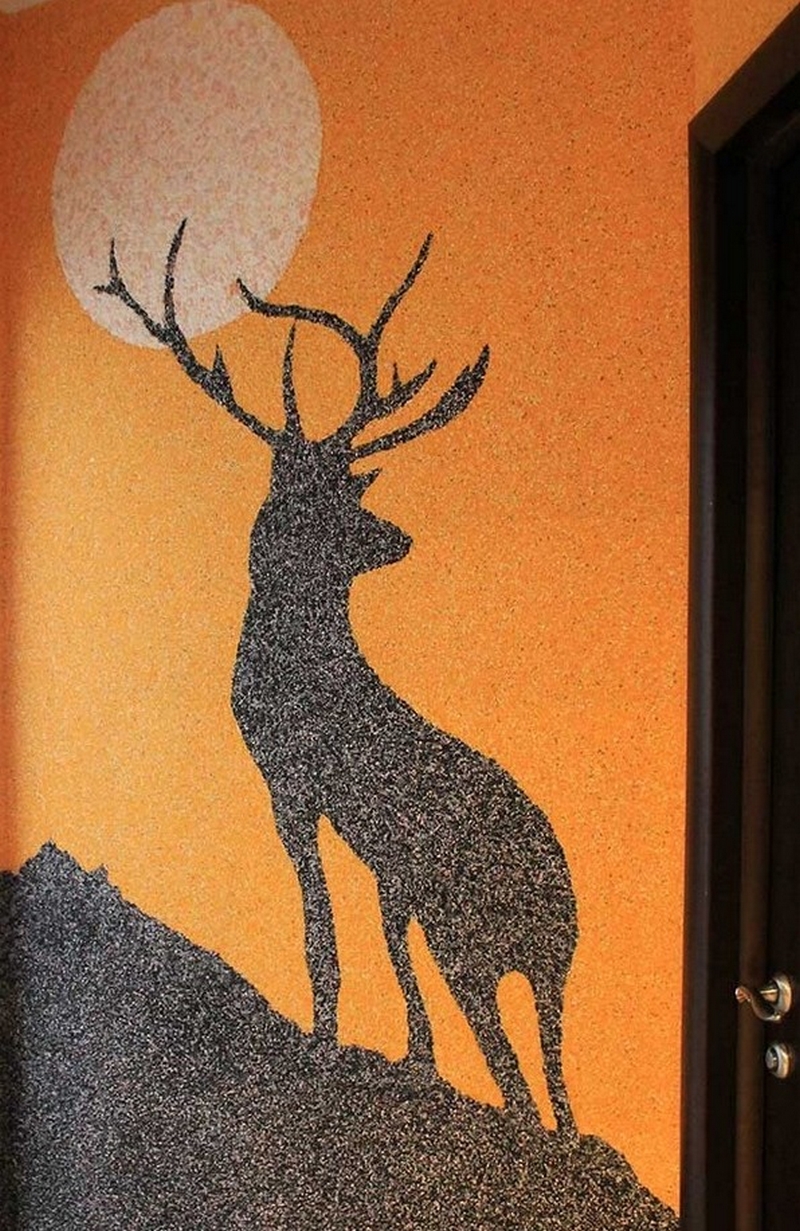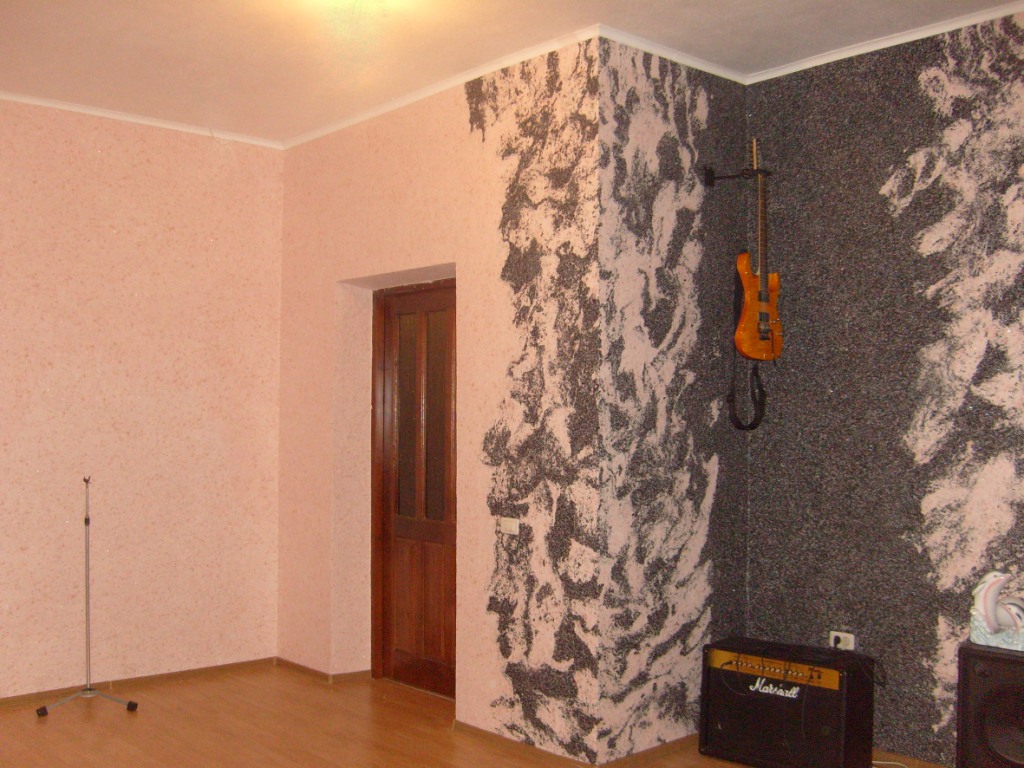Drawings with liquid wallpaper: new ideas in the interior (52 photos)
Content
Every year, the range of all kinds of goods for interior decoration is expanding. One of the creative ways to decorate a surface is with liquid wallpaper. Their composition is based on cellulose fiber and glue. To give different shades and textures, silk, cotton, dyes, shavings, sand, plant mica are added. Such decoration will become appropriate both in the home interior, and for public spaces and offices.
The advantages of liquid wallpaper
Among the characteristic features, the following positive aspects can be distinguished:
- resistance to ultraviolet radiation (do not fade);
- they easily tolerate changes in temperature indicators, it is permissible to use in insufficiently heated rooms;
- easy to apply and dismantle;
- save the surface from small cracks and holes;
- environmentally friendly material does not emit harmful substances;
- sound and heat insulation;
- do not collect dust, moisture, dirt on the surface;
- the ability to use in hard to reach places.
Despite the large number of advantages, the material has its drawbacks.
The disadvantages of liquid wallpaper
Among the negative points can be identified:
- easily wiped with a damp sponge, which means they are absolutely not suitable for use in the bathroom and other rooms with high humidity;
- they tolerate only dry cleaning, so it is undesirable to use this finish for work walls in the kitchen;
- their cost is higher compared to ordinary wallpaper;
- can not be used to align the plane, this material is able to hide only small irregularities and cracks.
Despite the above negative points, each of them can be used for good. For example, if the surface of the wall in the kitchen is dirty, you can easily wash off the image and apply a new one that can re-decorate the room. Liquid wallpaper will help to realize even the most intricate of your fantasies, just experiment with different shades and textures.
Drawing
Drawings from liquid wallpaper on the walls can be flat and three-dimensional. The first step is to draw elements. You can create a sketch for a flat shape in three ways:
- Drawing a sketch by hand, sketching from a sample - to perform this method, drawing skills, the ability to draw are necessary.
- Drawing elements using templates and stencils: suitable for plain images. First, a sample template is prepared, then we attach it to the wall. We process the surface around the stencil, after which we fill the space under it with a different color.
- The sketch is applied using a lamp and glass - a more accurate way to transfer the sketch. Black marker draw elements on the glass. We put the glass under the lighting device so that the image is transferred to the wall of the required size. We draw the outline of the shadow of the sketch with a pencil and decorate it with wallpaper.
Choose the method that suits you, and you can create the most complex drawings.
After the sketch is drawn, fill in the sections of the picture. Make sure that the freshly applied mixture of different shades does not touch each other.
Align the edges with a spatula so that the paint extends beyond the contours by a few millimeters. Dry and fill the remaining areas so that the fresh colors are docked with the already dried elements. After complete drying, individual elements can be identified by a contour using a felt-tip pen.
To create a three-dimensional shape, the technology remains the same with the only difference: the surface relief is done manually. The mixture is molded like plasticine within the outline of a sketch. The convex composition is not smoothed out with a spatula, but protrudes on a plane. You can divide the color borders using grooves pressed through a metal object.
Wallpaper and Pattern Tips
To avoid unnecessary blemishes while working with the material, listen to the following tips:
- strictly follow the instructions for dilution of the mixture;
- the solution should be infused for at least 12 hours;
- stir the wallpaper better with your hands, as the mixer can destroy their structure, and you will not get the expected effect;
- the mixture is applied to the surface with a metal spatula, slightly pressing on it;
- try to use the same batch for one surface, otherwise transitions may appear;
- drawing is first applied to the wall with a pencil;
- rub the mixture with a rubber spatula without leaving the contours;
- use masking tape or tape to protect the drawing from mixing paints;
- the second color is applied to the surface after the first has completely dried;
- the coating layer of each color should be the same;
- small details can be tinted with special wax pencils or markers;
- irregularities can be trimmed with a knife after the drawing has completely dried.
Observing all these rules, you will get the expected effect, as in the picture.
If you do not have artistic skills, but want to do it yourself, then you can apply stencils. With their help, you can create both simple and more complex sketches that diversify the interior.
The use of liquid wallpaper
Finishing is perfect for the ceiling and wall surfaces in all living rooms and in the hallway. It is undesirable to use them in the bathroom and in the kitchen due to high humidity and constant pollution. An alternative for such rooms can be drawings with liquid wallpaper. With their help, you can create any picture, and make the interior warm and comfortable.
In the kitchen space organically look various still lifes with vegetables and fruits, sets with teapots and cups. The main condition is that the picture should not be too large, since the kitchen takes up a bit of space.
For a children's room, the image should be selected taking into account the gender, age and hobbies of the child. Most often, fragments from cartoons, favorite characters, various landscapes are painted for children. It is important to remember the psychological mood of each color. Too bright colors can annoy the baby, and inactive children, on the contrary, to induce action. Creating a masterpiece in the children's room, remember that the child should be cozy and comfortable here.
An excellent solution is to decorate the surface of the walls in the living room and bedroom using ornaments and patterns using this material. There are many ways to compose the composition of a mixture by adding dyes, granules and gloss to give the surface new shades and textures. The walls of the bedroom, made with liquid wallpaper, will create an atmosphere of comfort and coziness. One will get the impression that they were covered with a fabric that seems soft and pleasant to the touch.
DIY cooking
Another drawback that can be fixed is the high cost of finishing. To reduce waste, you can prepare the solution yourself. To do this, you need:
- finely chop or tear A-4 paper;
- immerse the pieces in the container in which the solution will be prepared, fill them with water. There should not be too much fluid; it should cover the paper.The mixture is infused until the slices become limp, about 2-3 hours;
- with a construction mixer, grind the mixture to obtain a homogeneous mass;
- add gypsum, PVA glue, dye to the same container. Optionally, you can add decoration: sequins, shavings, etc. For 1 album sheet, 1 teaspoon of gypsum and 5 ml of glue are needed;
- on the surface of the prepared wall, apply the solution with an iron spatula with a layer of 3-4 mm.
Such a “recipe” will cost you quite inexpensively and will allow you to create a unique interior.
It’s easy to take care of the wallpaper. Cleaning should be dry, avoid any contact with a damp sponge and brush. If the area is very dirty, it can be removed and a new layer of the same mixture and shade applied. This must be done carefully with a sharp knife or spatula. After application, the area will be slightly different from the main wall, but after complete drying, the color will equal.
There are many options for sketching drawings to design an exclusive room design. Warm colors are able to give the room additional comfort and coziness. Cold - visually increase the space.
Finishing material will help to create unique plots in your home and office. Choose a picture suitable for you, experiment with shades and enjoy your own masterpieces.
